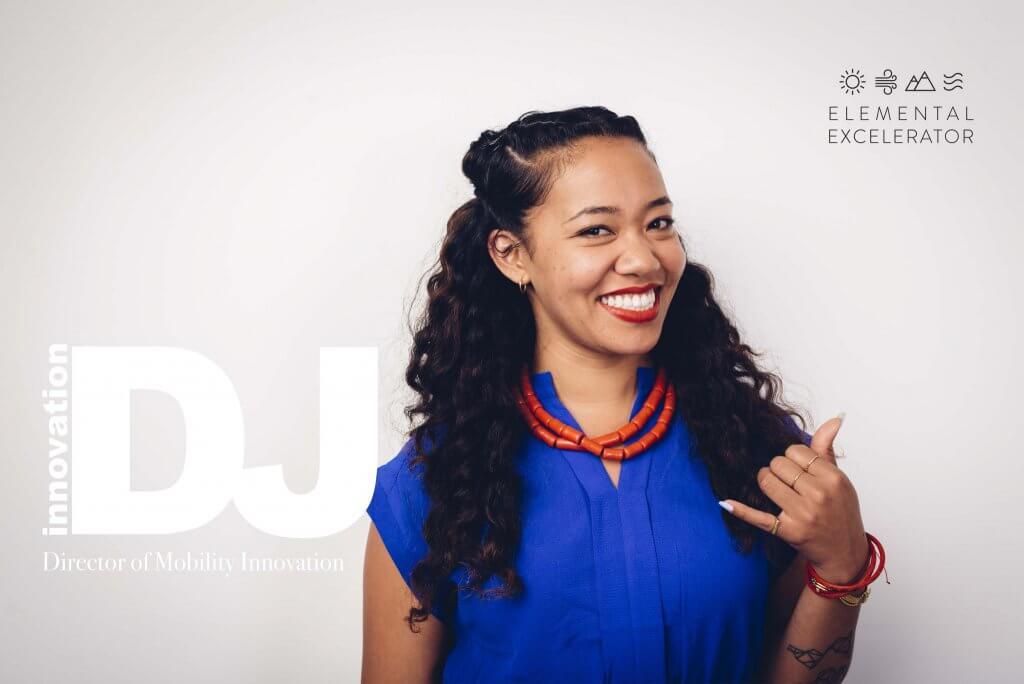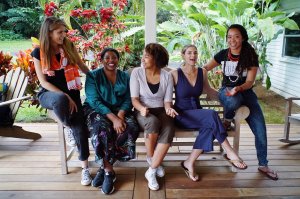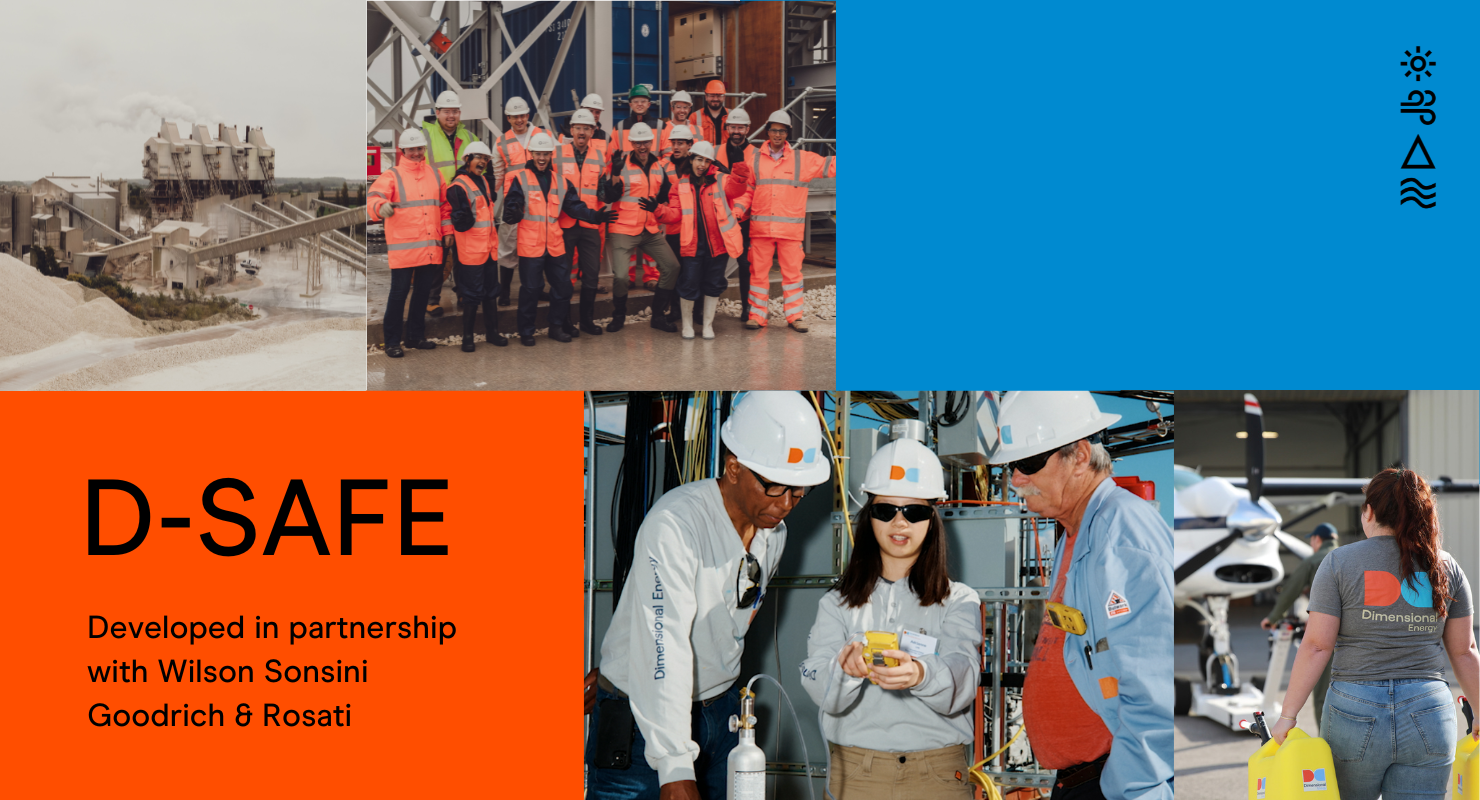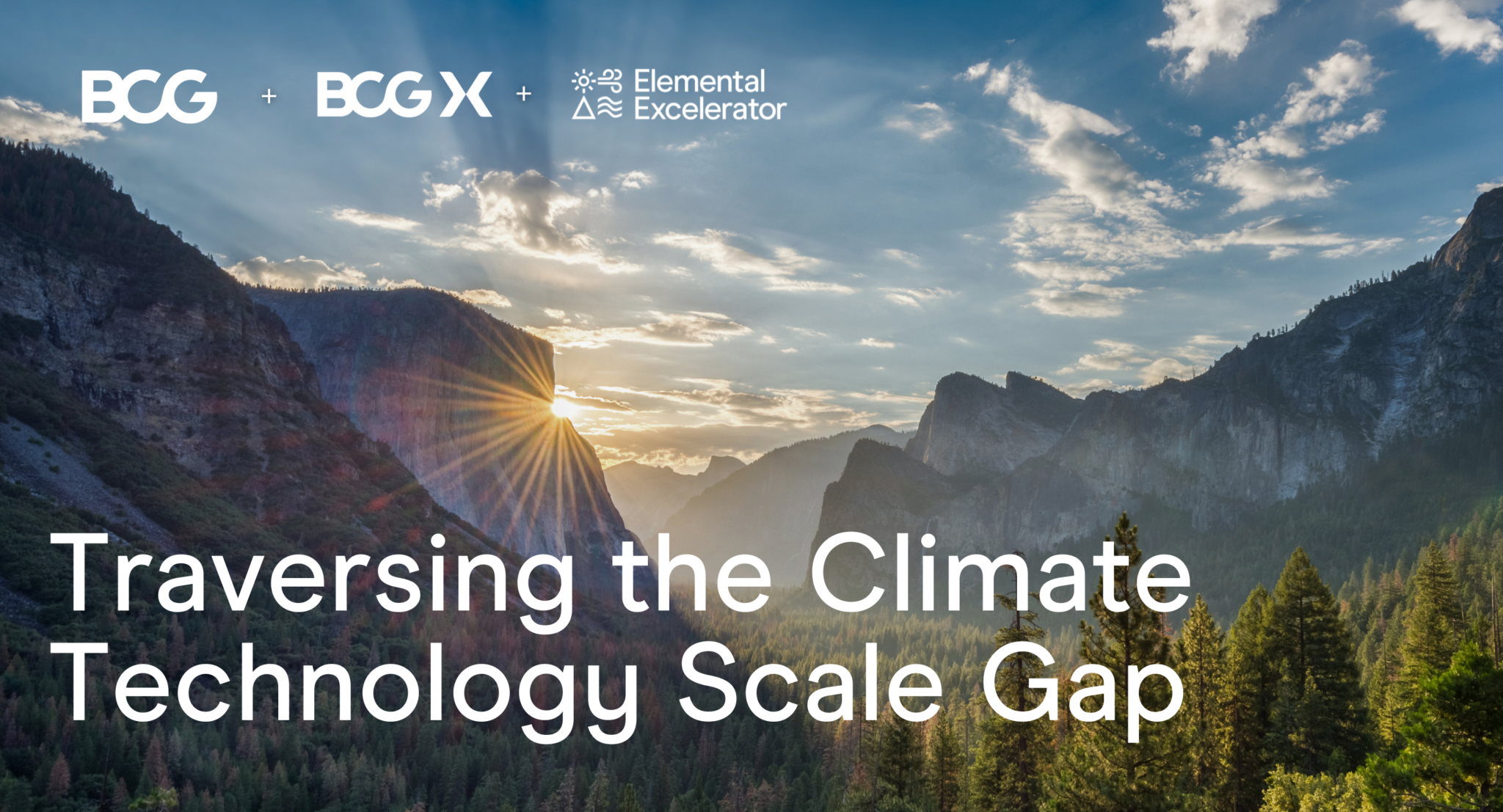
We often think about what we do at Elemental as building a machine for deploying climate technologies. Over the past decade that we’ve been at this work, though, we have learned again and again that innovation is really about people, not just technology. The why behind what people choose to do is the driver of progress. It’s an engine steered by ingenuity, but powered by hearts.
So why do we do what we do? Here, Danielle J. Harris, our Director of Mobility Innovation, shares what drew her into her work, why Elemental is the right venue for the change she wants to see in the world, and what she’s excited to see flourish in 2020. This is part of a series of profiles that, as we recruit and get to know our next cohort of entrepreneurs, we hope will help you get to know us.

What makes you want to work on issues around mobility?
My friends always tease me for being such a transportation nerd. I’m always pointing out new roadway striping, explaining the art of signal timing, lecturing them for cutting off the bus, and shaming them for hailing a car for a 15-minute walk. “What’s with you and this transportation thing, DJ!?”
I even loved transportation way back in elementary school, when I learned to rollerblade and bike before my older brother. And I fondly remember riding Muni (San Francisco’s public transit) with my Gung Gung (my mother’s father). His thick hands would clench the bars on the bus and gently squeeze my little hand as we would wind down San Francisco’s streets. I was juiced any time Gung Gung ditched Mah Jong for our bus adventures, teleporting into the drastically different worlds of the Sunset, Chinatown and Stonestown. Ever since I’ve loved the feeling of my body propelling through time and space seeing new places and faces and understanding the power of presence.
Mobility is also undeniably linked to our freedom. Our transportation systems are among the most democratic public service our nation offers — our streets, transit lines and highways are funded and used as a collective. As long as you have the means to get somewhere, there’s nothing stopping you. But at the same time, systemic injustices in the way we’ve designed our infrastructure and public transit have defined varying levels of freedom within our communities. Infrequent bus service, potholes, and broken sidewalks aren’t just annoyances — they take a toll on people’s ability to access different parts of the city, reduce incentives to walk or ride bikes, and drive up car maintenance costs. That means that not everyone’s bootstraps are the same size, and many have to suffer from outsized effects of climate change and pollution, whether it’s asthma in East Oakland, heat wave deaths in South Central, water contamination in Flint or housing insecurity from flooding in the Ninth Ward. So while mobility makes me feel free, it’s also how I freedom fight.
How are you bringing that fight to Elemental and your work with our portfolio companies?
The way we move has changed dramatically in the last 10 years. In addition to information flowing faster and further than ever before with the aid of the internet, we are physically moving more people and things than ever before, and we’re moving them further and more frequently. This new reach on the world has catalyzed corporate growth as well as individuals’ job opportunities and educational attainment, which is great. But this evolution in physical reach is built on inequitable foundations in our freeways, sidewalks, streets, and transit lines.
So while mobility innovation has become a bit of an infatuation within what was once a sleepy industry, for me it represents hope! An opportunity to target inequities at the root. We can harness data and technology to pinpoint and address neglected infrastructure that leads to high pedestrian fatalities in communities of color, reduce the air pollution found in communities railroaded by freeways, and improve transit services to help people get to work, schools, grocery stores and doctors’ appointments with less stress. This change requires collaboration between the imaginative minds of startup founders, the investment weight of the private sector, the support of community and a continued push from the public sector to improve the lives of people.
I came to Elemental because it’s a place that shares my rose-colored view of innovation, and to join all these entrepreneurs working to make it a reality. Elemental gives me the table to facilitate the collaborations needed to make mobility innovation a hero of our cities.
What are three themes you’re thinking about in 2020?
- We all agree! Utilities, cities, OEMs and transportation agencies are on the same page that we need to electrify! But how are we going to do it? And who’s going lead? Utilities are realizing they are key. They understand the capacity and variability of the grid and control the flow of electricity within our communities as well as welcome a new revenue source. However, they need help reimagining the grid to create new flexible systems and business models for a new type of customer — a moving target. One that frequently moves across the grid, varies in size, needs to charge quickly, and demands reliability. We need startups willing to bridge this gap and massage these two rigid industries into one.
- Every day is Christmas morning. With online shopping, goods movement has exploded beyond highways and distribution centers. With more shampoo to be delivered within an hour, more doorsteps eagerly anticipating their boxes, and the increasing demand for vehicles to get it done, the industry needs to build in more efficiencies and cost savings. The question is which part or parts of the supply chain should startups disrupt within this original disruption.
- Winter is here. I often refer to single-occupancy vehicles as White Walkers (apologies to those who have never been to Game of Thrones’ Westeros). The White Walkers have come for every kind of city regardless of density, economy, demographics, land use, or public transit options. If you’re regularly in a car and alone… you’re already one of them! The number of single-occupancy vehicles has outgrown the intended capacity of our infrastructure, deteriorating the quality of life in our cities. Asthma rates, vehicle fatalities, and traffic are increasing on rural highways, city streets, and suburban freeways. Electrifying vehicles will reduce GHG emissions but won’t do anything about time spent in clogged arteries and lost with kids, in the office, in the gym, or at home. And while some cities have endured years of bruising political battles to remove freeways and take back lanes and entire streets, that is not an easily scalable remedy. As these pressures continue to mount, this is a perfect time for cities and startups to come to the table and build solutions together.




